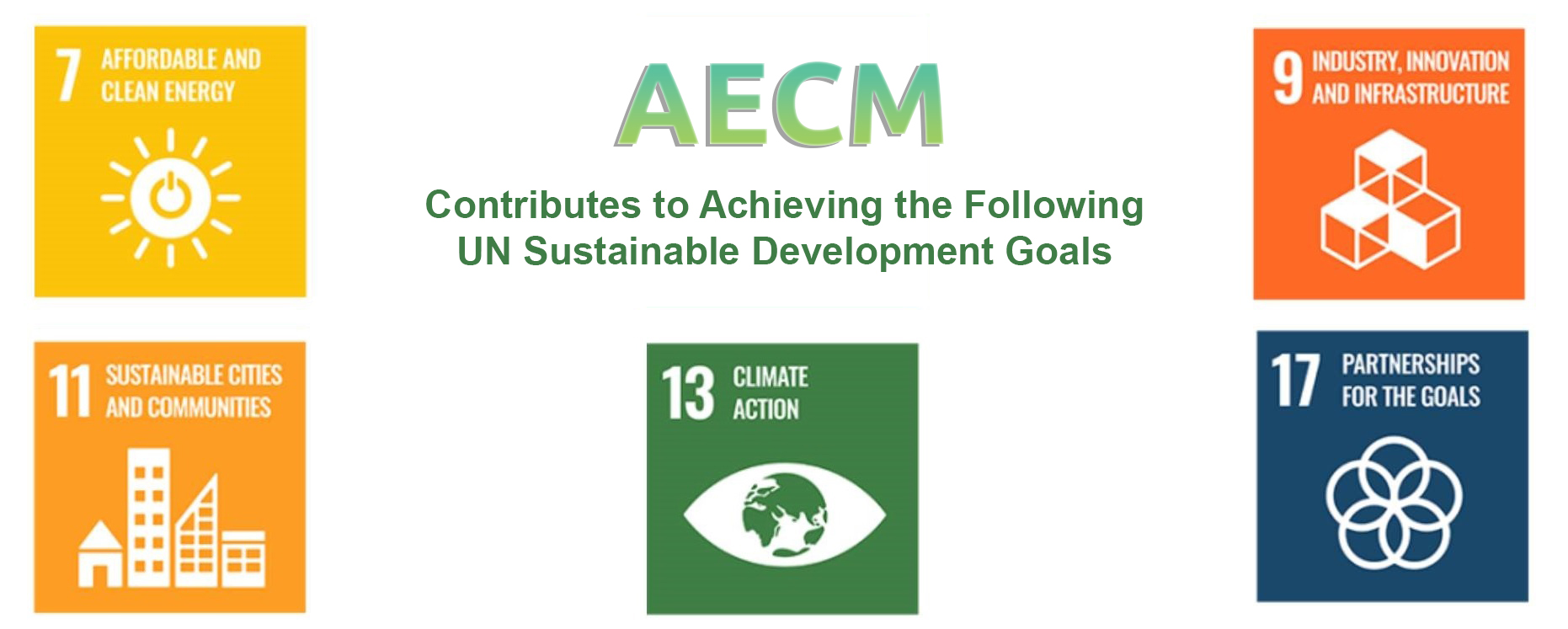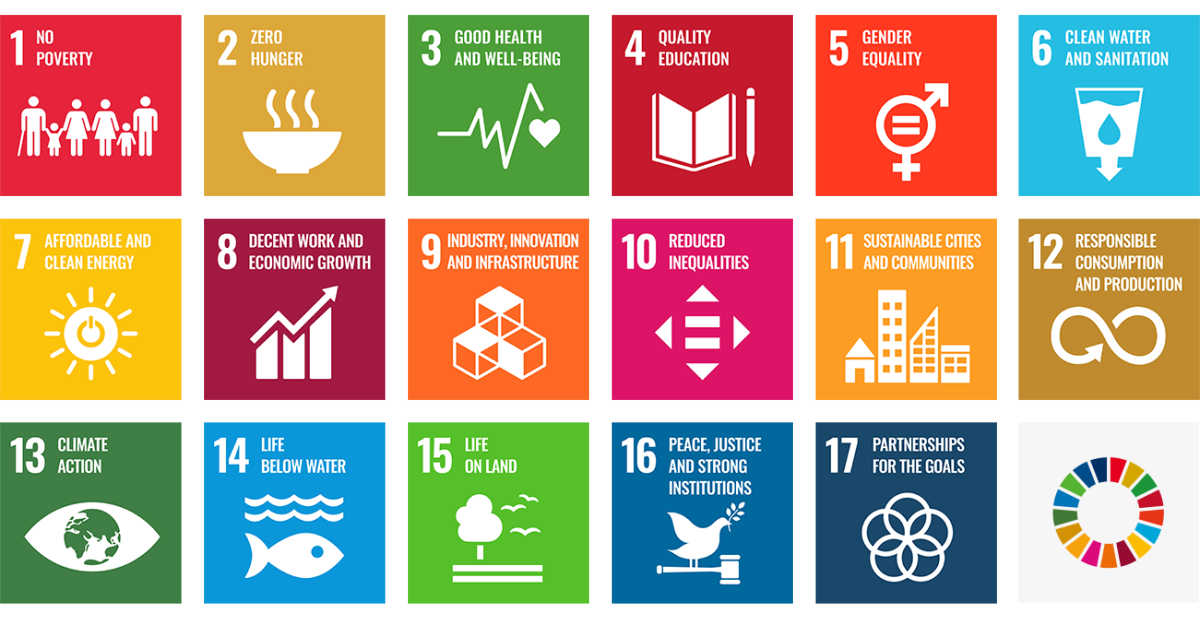The Architecture Engineering (ARE) program aims to
prepare graduates to design engineering systems for buildings, including structural, MEP (mechanical, electrical, Plumbing), and lighting & energy systems.
This is done in a comprehensive and innovative manner, while complying with environmental, economic, and functional requirements to ensure optimal performance and sustainability.
ARE program also enhances the necessary skills to keep pace with the engineering projects market demands in Saudi Arabia and abroad, focusing on smart and environment-friendly building systems which is achieved by providing energy efficiency solutions, and sustainable building materials.
Thus, reducing carbon emissions, improving the built environment economy, and contributing to achieving Saudi Arabia’s and UN Sustainable Development Goals (SDG)*.

The Department of Architectural Engineering and Construction Management (AECM) is keen on developing students' abilities to leverage the use of artificial intelligence and big data analytics to improve the global construction industry and housing quality. In addition, our graduates excel in the job market by combining engineering computing and project management skills, which contributes to expanding their job opportunities or ability to lead, innovate, and create jobs.
*The United Nations Sustainable Development Goals (SDGs) are a set of 17 interconnected global goals designed to serve as a blueprint for achieving a better and more sustainable future for all by 2030. Adopted in 2015 as part of the 2030 Agenda for Sustainable Development, these goals address a wide range of global challenges, including poverty, inequality, climate change, environmental degradation, peace, and justice.
The SDGs build on the success of the Millennium Development Goals (MDGs), which focused on reducing extreme poverty and improving social and health outcomes in developing countries between 2000 and 2015. While the MDGs provided significant progress, they also highlighted the need for a broader and more inclusive approach to sustainable development that integrates social, economic, and environmental dimensions. The SDGs were created through an extensive, participatory process involving governments, businesses, and civil society from around the world.
The SDGs are organized into 17 goals, each supported by specific targets and indicators. These include:
- No Poverty: Eradicating extreme poverty and ensuring economic security for all.
- Zero Hunger: Ending hunger, achieving food security, and promoting sustainable agriculture.
- Good Health and Well-being: Ensuring healthy lives and promoting well-being for all ages.
- Quality Education: Providing inclusive and equitable education for lifelong learning opportunities.
- Gender Equality: Achieving gender equality and empowering all women and girls.
- Clean Water and Sanitation: Ensuring availability and sustainable management of water and sanitation.
- Affordable and Clean Energy: Promoting access to affordable, reliable, sustainable, and modern energy.
- Decent Work and Economic Growth: Sustaining economic growth and decent work for all.
- Industry, Innovation, and Infrastructure: Building resilient infrastructure and fostering innovation.
- Reduced Inequalities: Reducing inequality within and among countries.
- Sustainable Cities and Communities: Making cities inclusive, safe, resilient, and sustainable.
- Responsible Consumption and Production: Ensuring sustainable consumption and production patterns.
- Climate Action: Taking urgent action to combat climate change and its impacts.
- Life Below Water: Conserving and sustainably using the oceans and marine resources.
- Life on Land: Protecting, restoring, and promoting sustainable use of terrestrial ecosystems.
- Peace, Justice, and Strong Institutions: Promoting peaceful, inclusive societies and access to justice.
- Partnerships for the Goals: Strengthening global partnerships to achieve sustainable development.
